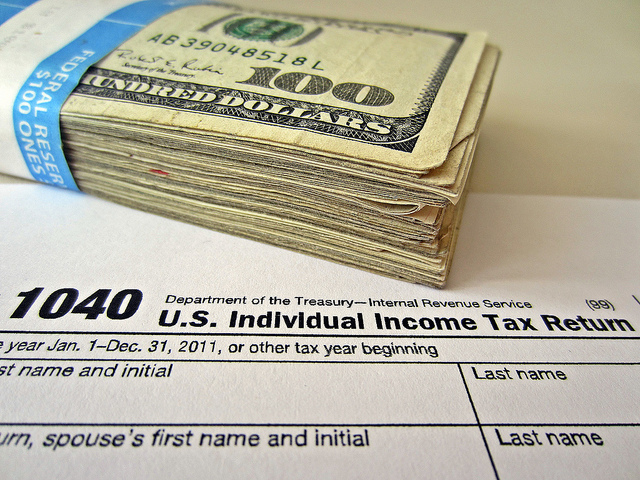The age-old question of how to build wealth often boils down to a simple choice: save or invest? While saving is a crucial foundation for financial security, investing offers the potential for significantly faster growth. Understanding the nuances of both strategies is key to crafting a personalized plan that aligns with your financial goals and risk tolerance. This blog post will delve into the differences between saving and investing, exploring the factors that influence which approach is more effective in building wealth over time.
Understanding Saving
Saving involves setting aside a portion of your income for future needs, such as emergencies, down payments, or short-term goals. It’s a fundamental aspect of financial health, providing a safety net and a sense of security. Savings accounts, high-yield savings accounts, and money market accounts are common vehicles for saving. These accounts typically offer low-risk options, but their returns are often modest compared to investment vehicles. The primary benefit of saving is the guaranteed principal and the relative ease of access to funds. However, if inflation outpaces the interest earned on savings, the real value of your savings may erode over time.
Understanding Investing
Investing, on the other hand, involves allocating capital with the expectation of generating a return over time. This might include stocks, bonds, real estate, mutual funds, or exchange-traded funds (ETFs). Investing carries a degree of risk, as the value of investments can fluctuate. However, the potential for higher returns is often a key driver for those seeking substantial wealth accumulation. The key difference lies in the potential for growth and the inherent risk-reward tradeoff. While investments can yield significant returns, they can also result in losses if market conditions are unfavorable.
Key Factors Influencing the Choice
The decision between saving and investing hinges on several crucial factors. These include your financial goals, time horizon, risk tolerance, and overall financial situation. For example, if you need access to funds in the short term, saving might be the better option. If you have a longer time horizon and are comfortable with a degree of risk, investing can be a more suitable approach.
Comparing Saving and Investing
- Saving: Generally low risk, modest returns, easy access to funds, ideal for short-term goals and emergencies.
- Investing: Potential for higher returns, but also carries higher risk, requires a longer time horizon, ideal for long-term wealth accumulation.
Strategies for Combining Saving and Investing
The most effective approach often involves a combination of saving and investing. A well-structured financial plan often involves allocating funds to both strategies, balancing risk and reward based on individual circumstances. For instance, you might allocate a portion of your income to savings accounts for short-term goals and emergencies, while investing a significant portion in higher-growth assets for long-term wealth building.
Which Builds Wealth Faster?
Generally, investing has the potential to build wealth faster than saving, particularly over extended periods. However, this isn’t a universal truth. The rate of return on investments can vary significantly depending on market conditions and the types of investments chosen. A well-diversified investment portfolio, combined with a long-term perspective, can significantly increase the chances of achieving substantial growth.
Conclusion
The choice between saving and investing is a crucial decision in the journey toward financial security. Understanding the potential benefits, risks, and factors influencing each strategy is essential. A balanced approach, combining saving for the short term with strategic investing for the long term, often provides the most effective path to wealth creation. Consult with a qualified financial advisor to develop a personalized plan that aligns with your specific financial goals and risk tolerance.














Comments